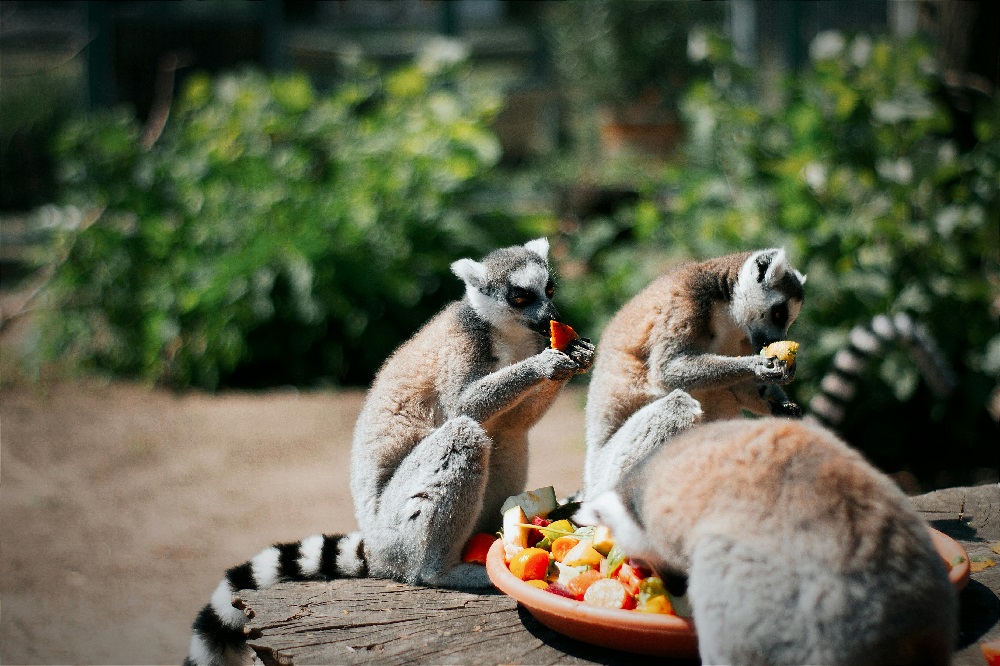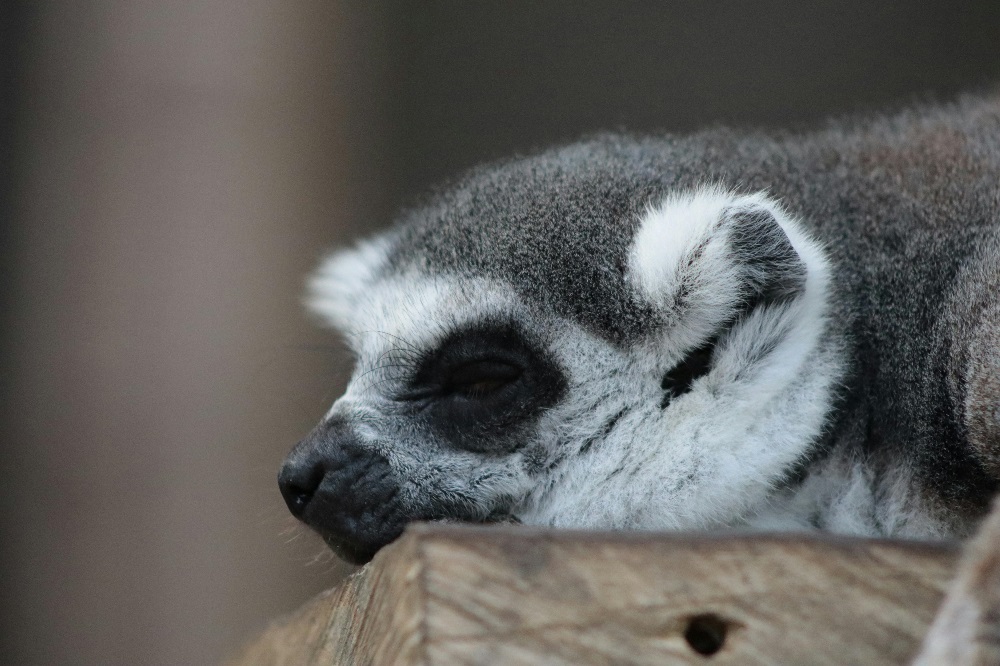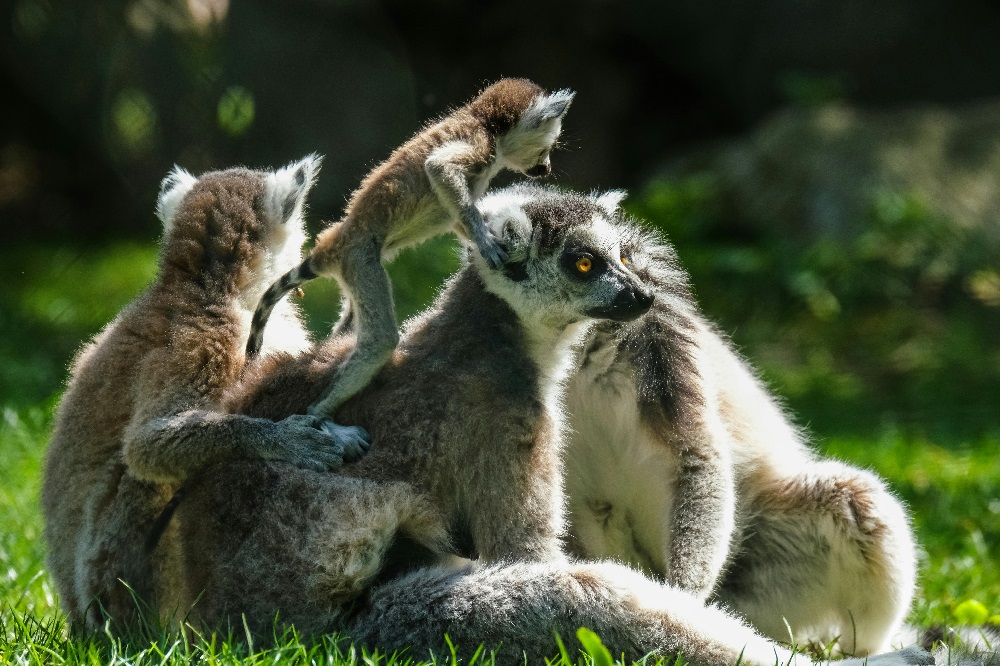Madagascar is a country blessed with extraordinary biodiversity, rich cultural heritage, and a vast array of natural resources. Yet despite these blessings, it faces significant challenges that keep it among the poorest nations in the world. The biggest problem in Madagascar is a deeply rooted cycle of poverty that stems from a combination of economic, environmental, and political issues. Rural poverty is especially severe, with the majority of the population living on less than two US dollars a day. Limited access to basic services such as clean water, healthcare, and quality education means that many people remain trapped in survival mode, unable to improve their circumstances. Infrastructure is underdeveloped; poorly maintained roads make it difficult for farmers to transport crops to markets, and unreliable electricity hampers both business growth and everyday living. Environmental degradation adds another layer to this struggle. Madagascar’s unique forests are being cut down at alarming rates for firewood and agricultural expansion, which in turn leads to soil erosion, loss of biodiversity, and diminished agricultural yields. Compounding these issues is political instability, which has plagued the country for decades, discouraging foreign investment and slowing economic reforms. This interconnected web of problems makes progress challenging, and it is this multi-layered poverty trap that remains Madagascar’s biggest hurdle toward prosperity.

Do Humans Live in Madagascar?
Yes, Madagascar is not only home to its iconic lemurs, baobab trees, and coral reefs, but also to over 28 million people. The human population is as much a part of Madagascar’s story as its wildlife. Most of the population is ethnically Malagasy, a blend of Southeast Asian and East African ancestry, reflecting the island’s migration history. These people live across the country in diverse environments, from bustling coastal towns to isolated mountain villages. The largest city and capital, Antananarivo, is a vibrant hub of government, commerce, and culture. Rural areas dominate the landscape, and the majority of people depend on subsistence farming for survival. Communities are often tightly knit, with traditions and customs passed down through generations. Daily life is influenced by a mix of ancient customs and modern needs, with markets filled with fresh produce, handmade crafts, and local delicacies. While Madagascar’s international image often focuses on its untouched nature, its human inhabitants are an integral part of its ecosystem, shaping and being shaped by the land they inhabit.
Is Madagascar a High-Risk Country?
Madagascar is considered high-risk in several contexts, particularly from an economic and developmental standpoint. The country ranks low on many global indices for economic stability, healthcare provision, and infrastructure quality. Natural disasters such as cyclones, droughts, and floods are common, and these events can be devastating for communities already living on the edge. Health risks include preventable diseases like malaria, plague outbreaks in certain regions, and poor sanitation in rural areas. Politically, Madagascar has faced recurring instability, which has at times led to protests, strikes, and changes in government. For travelers, this does not necessarily translate to high levels of violent crime—most tourist visits are safe—but petty theft and opportunistic crime are present, particularly in urban areas. In the business world, investors may view Madagascar as high-risk due to its volatile currency, bureaucratic red tape, and vulnerability to commodity price fluctuations. In short, while the country’s natural beauty makes it alluring, the socio-economic environment still poses considerable risks that must be navigated carefully.

How Many Muslims Are in Madagascar?
Madagascar is predominantly a Christian country, with the majority of its population identifying as either Roman Catholic or Protestant. However, Islam also has a presence on the island, representing a small but historically significant minority. Estimates suggest that between 5% and 7% of the population are Muslim, though exact numbers vary depending on the source. These communities are most commonly found along the northwestern coast and in certain port cities, where historical trade routes brought Arab and Swahili merchants centuries ago. Islam’s influence in Madagascar can be seen in aspects of architecture, cuisine, and cultural practices in these regions. Mosques stand alongside churches, and in some towns, the call to prayer is heard above the bustle of daily life. The peaceful coexistence between religious groups is a hallmark of Madagascar’s social fabric, with most communities celebrating diversity rather than division.
What is the Lifestyle of Madagascar People?
The lifestyle in Madagascar is shaped by its natural environment, economic conditions, and cultural traditions. In rural areas, life moves at a slower pace and is closely tied to agriculture. Families wake early to tend rice paddies, plant cassava, or care for zebu cattle. Meals are often simple but hearty, centered around rice, vegetables, and occasionally fish or meat. In coastal communities, fishing plays a vital role in daily life, with colorful wooden pirogues heading out to sea at dawn. City life, by contrast, is busier and more modern, with markets, small businesses, schools, and offices providing the rhythm of the day. Malagasy people are known for their warmth, hospitality, and strong sense of community. Social gatherings, whether for weddings, religious ceremonies, or famadihana (the unique Malagasy custom of turning the bones of ancestors), are important cultural touchstones. Music and dance are integral to celebrations, blending African, Asian, and European influences into a vibrant cultural expression. Despite economic hardships, there is a sense of resilience and adaptability that defines daily living in Madagascar.

Is Madagascar a Clean Country?
Madagascar’s natural landscapes are breathtakingly pristine in many places, but the issue of cleanliness varies greatly between rural and urban areas. National parks and protected reserves are generally well-maintained, showcasing the island’s biodiversity in its purest form. However, in urban areas like Antananarivo, waste management infrastructure struggles to keep up with population growth, leading to litter and pollution in certain neighborhoods. Rural areas may be cleaner in terms of visible trash but often lack adequate sanitation facilities, with open defecation and untreated wastewater posing health hazards. Efforts to improve cleanliness are underway, with local NGOs and community groups promoting waste collection programs, recycling initiatives, and environmental education. Tourism also plays a role, as eco-friendly lodges and tour operators encourage visitors to minimize their environmental footprint. While Madagascar’s natural environment remains one of its greatest treasures, maintaining cleanliness—especially in growing towns and cities—remains a challenge.
How Do People Make a Living in Madagascar?
The majority of Madagascar’s population depends on agriculture for their livelihood, with rice, vanilla, coffee, cloves, and lychees among the most important crops. Vanilla, in particular, is a global export that brings in significant income, though its market is volatile and vulnerable to theft and weather conditions. Many rural families practice subsistence farming, growing enough food to feed themselves and selling any surplus in local markets. In coastal areas, fishing provides both food and income, while in urban centers, people engage in small-scale trade, manufacturing, and service jobs. Tourism is another vital sector, offering employment in hotels, restaurants, guiding services, and transportation. Unfortunately, formal employment opportunities are limited, and underemployment is common. This has led to a large informal economy, where people earn money through activities such as street vending, handicrafts, and casual labor. Despite economic challenges, the resourcefulness of the Malagasy people allows them to create livelihoods from the resources available, blending traditional skills with emerging opportunities.
